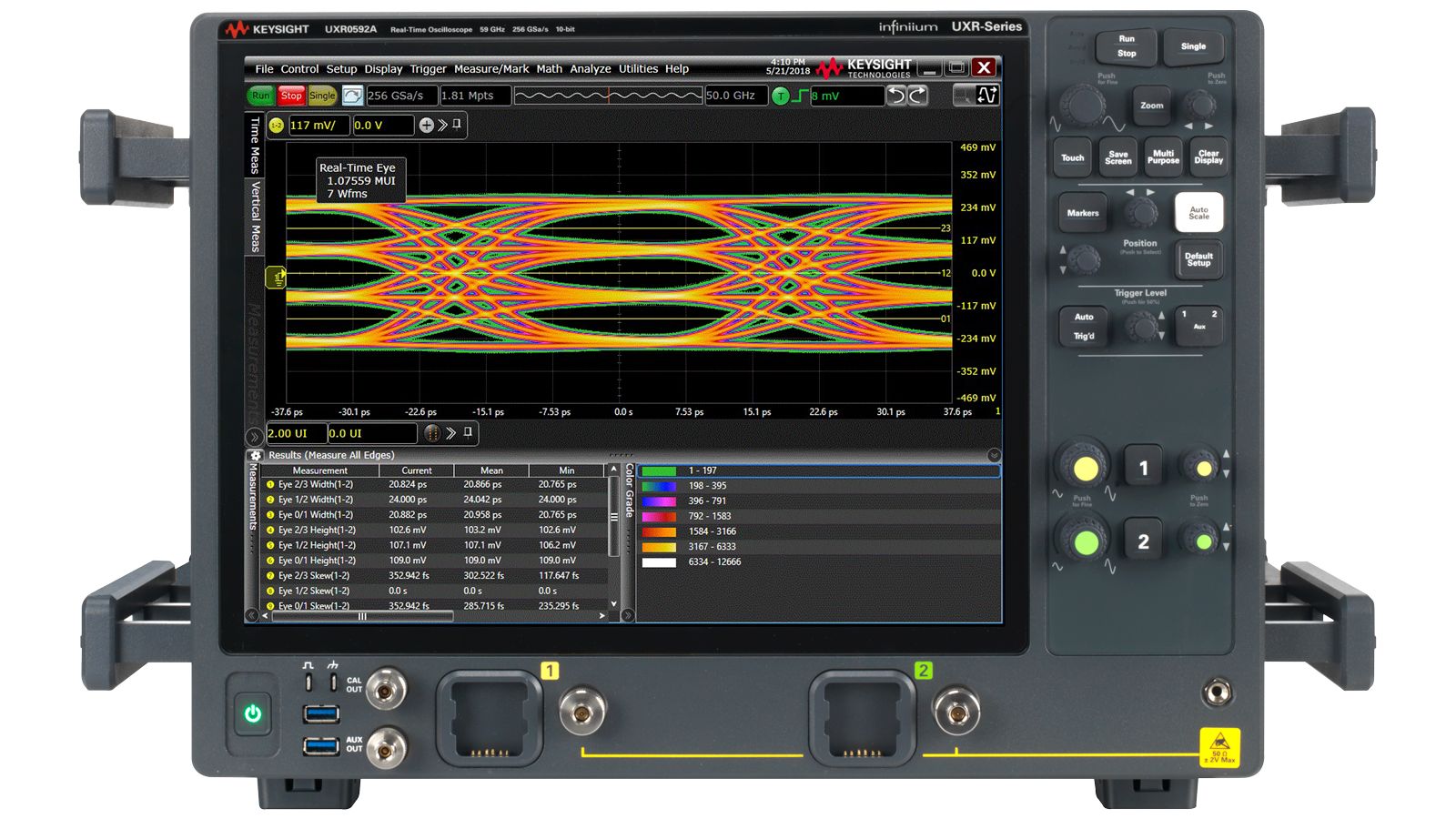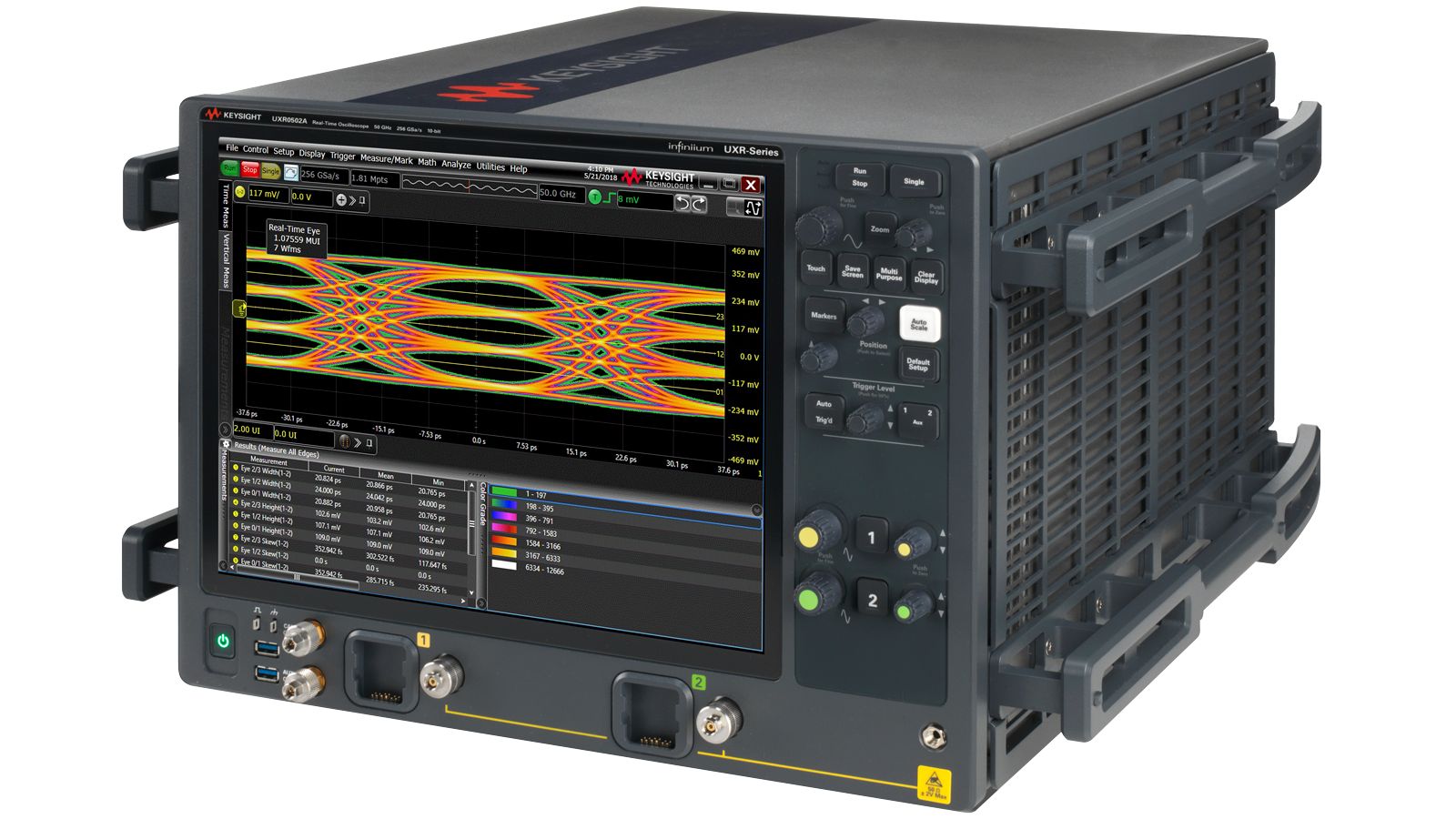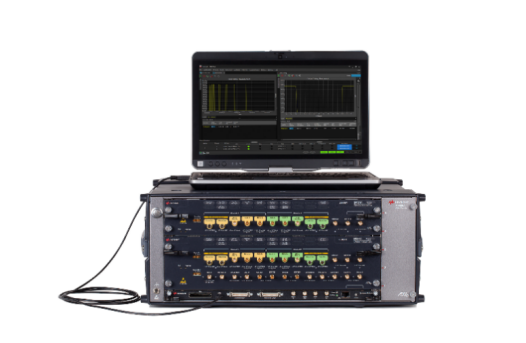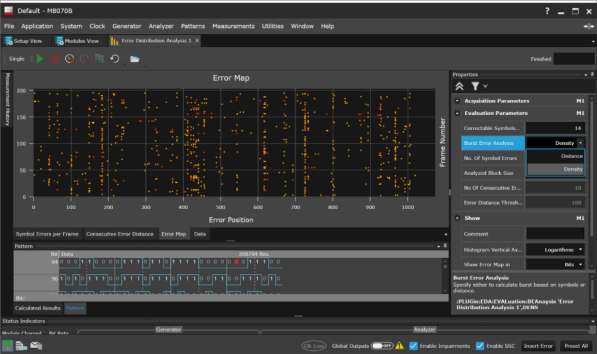National unified hotline: 400-800-3290
Pre-sales email: salesvalue@everise-hj.com
After-sales Email: everisecare@everise-hj.com
The large-scale commercial use of 5G technology greatly improves network bandwidth, improves user experience, and promotes the development of new bandwidth-intensive services/applications. At the same time, the next generation technologies such as 6G and meta-universe put forward higher requirements for network bandwidth, delay and reliability. It is predicted that by 2030, the world will enter the era of Yotta Bytes (1 YB==2^80 Bytes) data volume, the number of network communication processing connections will reach 200 billion, the access bandwidth will reach 1 Tbit/s, and the single fiber capacity will exceed 100 Tbit/s. Optical communication infrastructure, the core domain of wired transmission network, faces challenges in bandwidth expansion and intelligent operation and maintenance.

Optical communication uses optical signal as the information carrier, which is the upgrade of electrical communication, and both belong to electromagnetic wave communication. Compared with radio waves, light waves have a higher frequency and a shorter wavelength. Optical communication has the advantages of greater transmission bandwidth, lower transmission loss, lower cost and high fidelity, so as an information infrastructure, optical communication systems have developed rapidly and are widely used in the world. In recent years, the transformation of China's digital economy has continued, the construction, coverage and popularization of new information infrastructure such as 5G and gigabit optical network have accelerated in an all-round way, communication technology has flourished, and Internet traffic has continued to grow rapidly, laying a solid foundation for the development of China's optical communication industry. The 14th Five-Year Plan for the Development of the Digital Economy clearly states that by 2035, China will strive to form a mature and complete modern market system for the digital economy, and the development level of the digital economy will be at the forefront of the world.
The upstream of the Optical communication industry chain mainly includes optical chips and other optical devices, the midstream is the Optical Module and subsystem integrated package of optical devices, and the downstream is the data center, optical communication equipment manufacturers, telecom operators and cloud service providers.
As an important part of photoelectric conversion, optical module (generally refers to the optical transceiver integrated module) is an important part of the data center. The optical module is usually composed of an optical transmitting device, an optical receiving device, a functional circuit and an optical (electrical) interface. The emitter driver chip processes the initial electrical signal and then drives a semiconductor laser (LD) or light emitting diode (LED) to emit a modulated light signal. At the receiving end, the optical detection diode converts the received optical signal into an electrical signal, and outputs the electrical signal after pre-amplification.
China's telecom backbone network started 400G bandwidth in 2018, with the large-scale start of 5G network construction and the rapid development of cloud computing, large-scale data center batch construction, ICT (Information and Communication Technologies), The demand for 400G optical modules in the information and communication technology (ICT) industry has grown significantly and is currently in the initial stage of commercial scale. In particular, the new technology adopts direct-modulation PAM4 (4 Pulse Amplitude Modulation) to replace the traditional NRZ (Non-Return-to-Zero), which overcomes the shortcomings of large power consumption and volume caused by NRZ parallel transmission, and is more suitable for data center applications. At the same time, the digital transformation of various regions/industries has been further promoted, and the metropolitan area network has also begun to enable 400G optical module transmission. In the mainstream scheme of trunk 400G, based on QPSK (Quadrature Phase Shift Keying, quadrature phase shift keying) 80-wave 400G trunk system technology progress, 400G coherent optical module discrete C6T and L6T lasers are available. It is expected to achieve trial commercial use in 2024, large-scale commercial use in 2025, and large-scale commercial use in 2026.
In summary, driven by national policies such as new infrastructure, digital transformation and digital China vision and enterprise cost reduction and efficiency, data center market revenue will continue to grow and continue to promote the development of China's optical module industry. It is predicted that by 2024, the 400G optical module market will account for more than 50%.
Mainly promote hot rental testing tools for the above industry applications:
First, KEYSIGHT UXR0134A Infiniium UXR series oscilloscope has ultra-low noise and high signal fidelity, more comprehensive detection and analysis application software functions, support a full range of upgrades. Provides accurate measurement of multiple bandwidth conditions and deep insight into the true characteristics of the signal. Through hardware accelerated measurement analysis, the performance of wideband millimeter wave EVM measurement is comparable to other advanced signal analyzers. This makes it ideal for demanding multi-channel applications such as coherent light modulation 100G-1T + data communication system commissioning, PCIe 5.0 technology commissioning, compatibility with radar, satellite USB 3.x, DDR5 PAM4 and NRZ research. At the same time, it supports fast scaling waveform focusing, and excellent measurement features capture the details of abnormal signal fluctuations, providing a new waveform debugging experience.
Core parameters:
Bandwidth: 5-110 GHz
Number of channels: 1, 2, or 4-channel
Maximum memory depth: 2 Gpts
Maximum sampling rate: 256 GSa/s
ADC bits: 10 bits; Maximum DDC bandwidth: 2.16 GHz


KEYSIGHT UXR0134A Infiniium UXR series oscilloscope
KEYSIGHT M8000 series bit error rate tester represents a class of highly integrated and scalable bit error rate test solutions, which can be used for physical layer characterization, verification and consistency testing of receivers used in high-speed digital design. The widespread use of mobile computing devices means that more R&D and test engineers are testing different scenarios using MIPI ports. The M8000 series bit error rate test solution supports a wide range of data rates and standards, providing accurate and reliable test results for performance margin analysis of high-speed digital devices such as computers, consumer electronics, and data center products.
Core parameters:
Individual hardware can be selected through the software PAM4 and NRZ standard, multi-channel function, flexible hardware configuration choice
2 to 64 Gb/s data rate NRZ pattern generation and error analysis
PAM4 code generation at 2 to 64 Gbaud data rates


KEYSIGHT M8000 series bit error rate tester
Share on wechat: